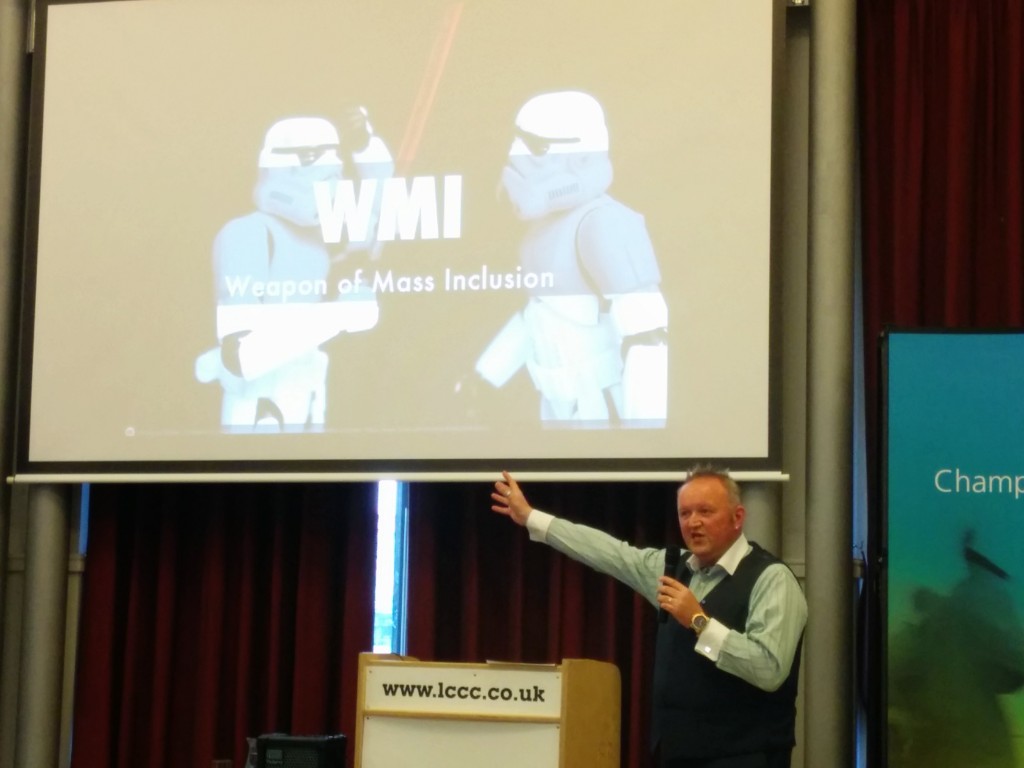This post was originally found on my business blog and has been reposted here in May 2015.
Last night I attended CIPD Manchester’s Public Policy Panel’s discussion on social media and whether it could be a useful tool for the group to encourage further discussion or raise awareness.
The Public Policy Panel was set up by the Manchester Branch aiming to influence CIPD policy on local, national and international policy issues. The group meet around three times a year to discuss public policy issues and consultations such as the introduction of settlement agreements. As is often the nature of policy-driven debate, the topics discussed can be quite sensitive or controversial and as such, the group operates Chatham House Rule to encourage open discussion and allow people to feel able to put their own views forward, without it reflecting upon their organisation or employer. The group’s desire to preserve this freedom for open discussion raises questions about how social media could support the aims of the group.
I feel it is important to note that Chatham House Rules are not necessarily incompatible with social media. The rules allow anyone at the meeting to use the information discussed, but not to reveal who made any comment. So in theory, as long as a members anonymity is preserved other members at the group could share information about what was raised on social media. The issue comes when the content of that information may automatically reveal who shared it and it would be down to attendees to think carefully about what could or should not be posted.
To start the debate, the group was given a quick tour of the world of social by Ian Pettigrew (@kingfishercoach) and his views on some of the benefits. Ian highlighted that there were two main ways he used social media: 1. Marketing – to market himself and his business and 2. Learning – to share and learn from other HR and L&D professionals. I think for the Public Policy panel, these are the two main opportunities as well. 1. To advertise the work of the group, increase their influence and to encourage new members to join and 2. to continue policy discussion outside of face-to-face meetings and to learn and share with other members of the group, building the strength of the community.
By the end of Ian’s session, many were convinced of the power of social media and felt that they would like to see how it could be applied to the group. Each member was asked whether they would like to see social media used and their thoughts on how it might work. Most wanted to give it a go, but were unsure how to proceed. Other members still had reservations, particularly around confidentiality or anonymity. Only one person expressed opposition to the idea of using social media at all in the group.
Ideas for practical applications were suggested including having a nominated blogger to share what happened at meetings, twitter accounts with pseudonyms so people could put forward their views anonymously or a closed group, where policy discussions could continue outside of the regular face-to-face meetings but privacy could be maintained. No clear route to proceed was agreed, but it was suggested that perhaps the group need to experiment with a few approaches to decide the way forward and a sub-group will be tasked with creating a plan. Any of these approaches could work, but there may need to be a combination of tools to get the best mix for the organisation. A key takeaway of the session was to only do what social media works for you – don’t feel you need to do everything.
So this blog post is part of the experiment – will the group feel comfortable with the proceedings of the meeting being shared in a public forum? Could the group start a Policy Panel blog, posting a summary of events at the end of each face-to-face meeting? Can members be encouraged to blog their own views? On the night, a number of attendees shared comments on the session on twitter and a hashtag was agreed (#CIPDMCRPP), another experiment for the group. Could they continue to do this if the topic was something more controversial? Would people be more comfortable if they were not posting from their own personal accounts? Are some people happy to ‘work out loud’ and are not concerned with anonymity anyway? These are just some of the questions the panel will need to consider when deciding how best to proceed.
My main takeaway from the session was a sense that everyone is at a different place on the social media adoption journey. Some people are keen to get involved, but unsure of where to start. Some have dipped their feet in, but are still getting to grips with it and are keen to learn more. Some are scared by the technology. Some are not at all phased by the tech, but are skeptical about the benefits of social media. Some are already deeply engaged in social media and use it every day. Some like me are so passionate about the benefits, they are keen to get others on board. Everyone really is at a different point in the journey and it’s important not to focus just on one particular group.
The session gave me plenty of food for thought on how best to help organisations adopt social media and social learning practices. Different people will need different support if they are to embrace these new ways of working. Working with each of these different view points and giving people the information they need to move forward in their own journey is key to fostering a social learning culture.
